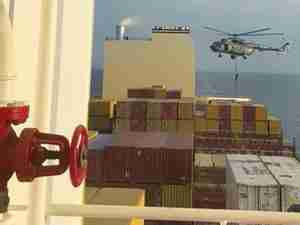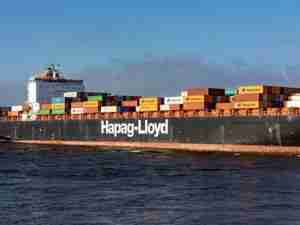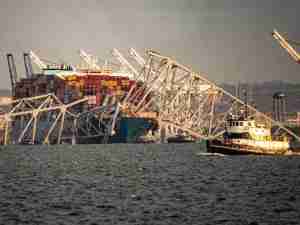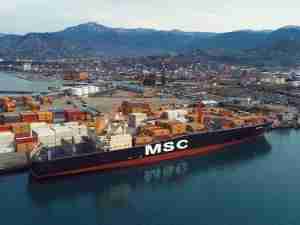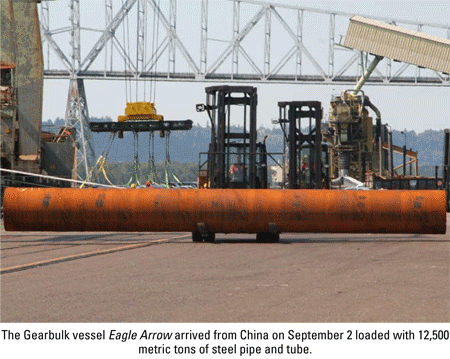
Largest single-vessel cargo load of steel handled across the Port's docks
The Port of Longview set a record this month by unloading the largest volume of steel cargo from one vessel in its history. The Gearbulk vessel Eagle Arrow arrived from China on September 2 loaded with 12,500 metric tons of steel pipe and tube ranging in size from one inch in diameter, up to 48 inches. ILWU local 21 longshore labor and Jones Stevedoring offloaded the steel to the Port's recently cleared 35-acre storage yard for sorting and distribution to steel customers, including North American Pipe & Steel and Brown-Strauss Steel, two of the Port's long-term tenants.
About 60% of the record breaking steel shipment will go to North American Pipe & Steel's (NAPSteel) Longview processing and distribution facility, currently in the early stages of expansion. Earlier this year NAPSteel purchased 35 acres from the Port so they could expand their existing business, which has been located on five acres at the Port since 2001.
According to Jim Ritchie, one of NAPSteel's directors, the Port's services and infrastructure provide a good fit for the company. 'The combination of adjacent marine terminals, efficient rail and highway access and excellent cargo handling by the ILWU Local 21 makes Longview an ideal location to grow our business,' he said.
Steel imports from China to Longview have more than doubled over the past couple years'from 12,000 metric tons in 2004'to 30,000 metric tons in 2005. According to Gary Lindstrom, the port's director of marketing, an estimated 30,000 tons will again be handled across the Port's docks through the end of this year. This one shipment represents almost half of that.
Increasing volumes of steel and other breakbulk cargos being handled by the Port are the result of over a decade of effort to diversify away from logs, which began a rapid decline in the 90s and today are practically non-existent. Improvements to infrastructure included building a new dock in 1999, constructing several miles of new rail trackage and expanding cargo storage areas that formerly housed logs.
It also involves developing partnerships with the ocean carriers, according to Lindstrom. 'The first Gearbulk ship carrying steel arrived at the Port in 1999, and we are pleased that they continue to call at the Port,' he said.

